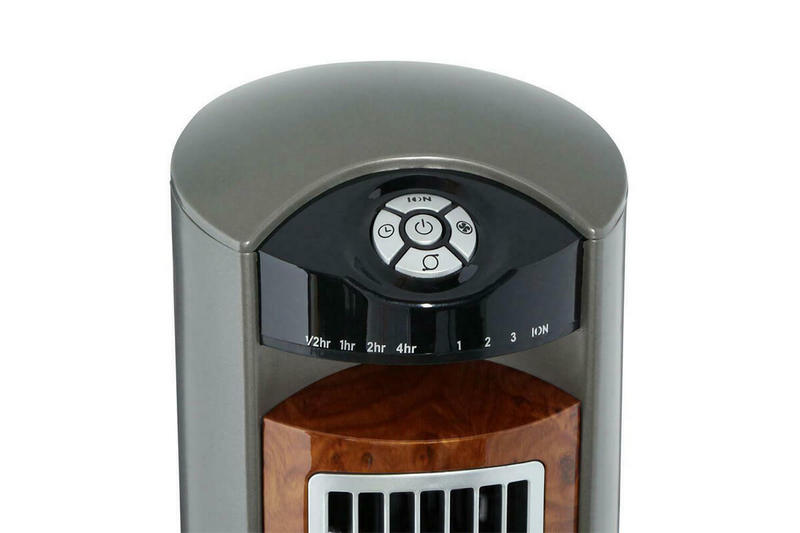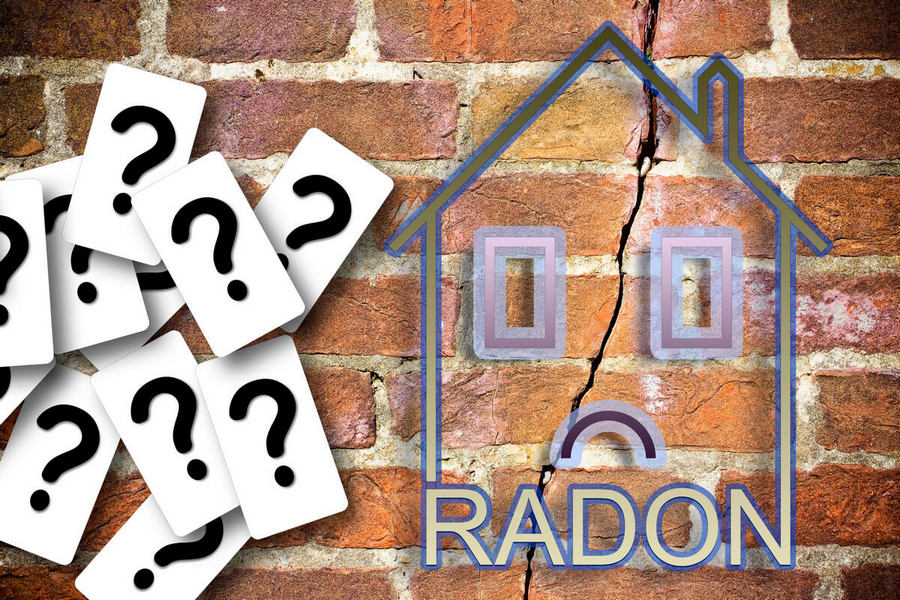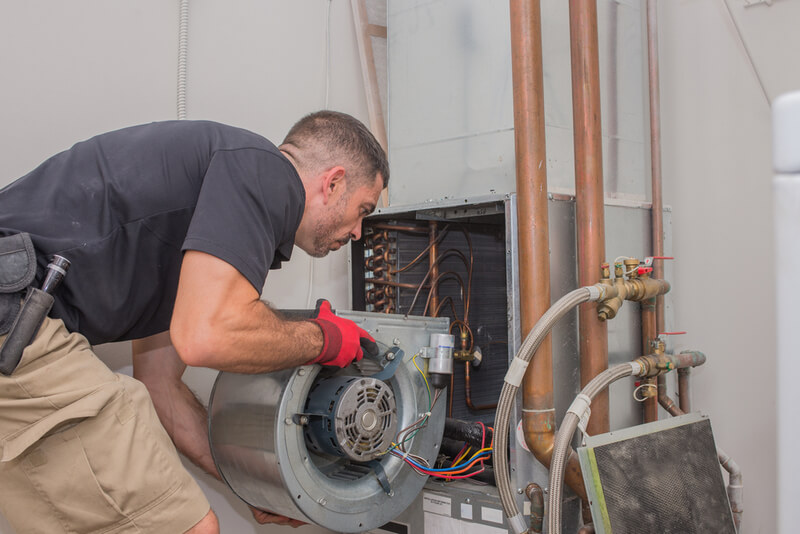Have you lately smelled a strange odor in some parts of your house, although you clean your home every day using a fragrant cleaner? If you can’t figure out the source, it means mold and mildew are forming on surfaces such as drywall and wood that you can later see as black spots.
Lucky for you, this article discusses 6 effective ways of killing mold on porous surfaces.
6 Best Ways of Killing Mold on Porous Surfaces
In the early stages, mold grows on porous floors, concrete, unglazed tile, untreated wood, and grout and later spreads to damp surfaces, causing more damage to the floors. Read along to learn different methods to remove black mold from porous surfaces.
Using Vinegar For Mold Removal
Let’s start with mild mold removal techniques and then proceed to strong mold removing techniques such as bleach solutions. The good news is that vinegar can successfully remove around three-quarters of the different types of mold growth.
Courtesy of its acidic cleaning properties, it’s safe to use in your house without posing a health risk. However, there is only one downside of using vinegar, and that’s its pungent smell.
You can remove minor mold from porous surfaces by using white concentrated vinegar without adding any water.
You should consider your safety first and wear protective gloves and eyewear from direct exposure to the mold spores. All you need to do is fill an empty spray bottle with white vinegar and spray it on the moldy parts. Furthermore, you should let the spray stay on the surface to maximize absorption.
Lastly, use a clean and dry piece of fabric to wipe the porous surface.
Use of Hydrogen Peroxide
You can use hydrogen peroxide for killing mold on porous surfaces. Alternatively, you can also use chlorine bleach. However, one benefit of using hydrogen peroxide is that it doesn’t cause any toxic effects to your environment.
Hydrogen peroxide is a natural bleaching agent that not just kills the mold but also helps in removing the hard-to-clean mold stains that stick on porous surfaces. You can conveniently purchase a three percent concentration of hydrogen peroxide for the nearest drug store and fill it in an empty spray bottle. Alternatively, you can order the Solimo Hydrogen Peroxide Topical Solution online, offering a refund for a year after the purchase.
Before applying hydrogen peroxide to the entire porous surface, you can do a patch test to see if it causes any surface discoloration.
If the spot test is successful, spray the solution on the moldy surface and let it stay for 15 minutes. Lastly, use a stiff brush to scrub the entire surface and wipe it with a clean cloth to remove all the mildew residue.
Borax as a Cleaning Agent
If you are an eco-friendly person who doesn’t want to have any toxic effect on the atmosphere, you can use borax, an incredible natural cleaning agent. First, you need to take one cup of borax powder and mix it with one gallon of water in a bucket. You should stir the mixture to achieve a consistent solution.
Next, dip a hard-bristled brush in the clean solution and scrub on the mold infestation. You should repeat scrubbing until you kill all the mold growth.
After cleaning, let the surface dry thoroughly and don’t rinse off the borax solution to prevent future mold growth.
Tea Tree Oil Kills Mold
Tea tree oil has antifungal properties that can kill almost all mold species. You don’t need to worry about environmental or health threats while using this natural cleaning agent in your homes.
All you need to do is take one cup of water and add one teaspoon of tea tree oil. You can use the Ethereal Natural Pure Oil, which is undoubtedly the purest form of tea tree oil.
Next, fill a spray bottle with this solution and spray it all over the mold-infested surfaces. You should let the spray sit on the surface to prevent any future mildew growth.
Read more: How to Kill Mold with Tea Tree Oil
Baking Soda as a Natural Mold-Killer
We all are familiar with the cleaning properties of baking soda. However, if you want to kill the existing mold infestation and prevent future mold growth, you should use baking soda. First, add water into a spray bottle until it’s 90 percent full. Next, add half a teaspoon of baking soda and shake the bottle to create a consistent mixture.
Now you are all set to spray the solution on the porous surface and later scrub with a bristle brush. Lastly, rinse the surface with clean water and let it air-dry. You must repeat the above three steps of spray, scrub, and rinse until you get rid of all the mold infestation.
On the other hand, you can use a half-and-half combination of baking soda and water to create a thick paste. This way, use a scrub or a sponge to apply this thick cleansing paste on the mold spores and later scrub the porous surface.
It entirely depends on you to use any of the above methods, whichever is effective.
Lemon Juice Destroys Mold
It’s time to utilize the acidic properties and pleasant smell of lemon juice to remove the mold and kill its remaining mildew smell.
You can squeeze a couple of lemons and spray concentrated lemon juice on the porous surface infested with mold. Once the surface absorbs the lemon juice, it’s time for some hard scrubbing using a stiff brush. Repeat the process until you don’t see any signs or remains of the mold growth.
You can also combine lemon juice with vinegar to achieve better results.
Summary
Mold infestation doesn’t only damage the wood floors and the overall aesthetics of your home but can also create health issues such as allergies, fungal infections, and others. If you live in a tropical area where climatic conditions are humid throughout the year, mold infestation is inevitable.
You can use any of the above methods for killing mold on porous surfaces. Also, you should maintain proper ventilation to minimize moisture levels in your home, in your home, especially in the bathroom, to prevent mold growth.







